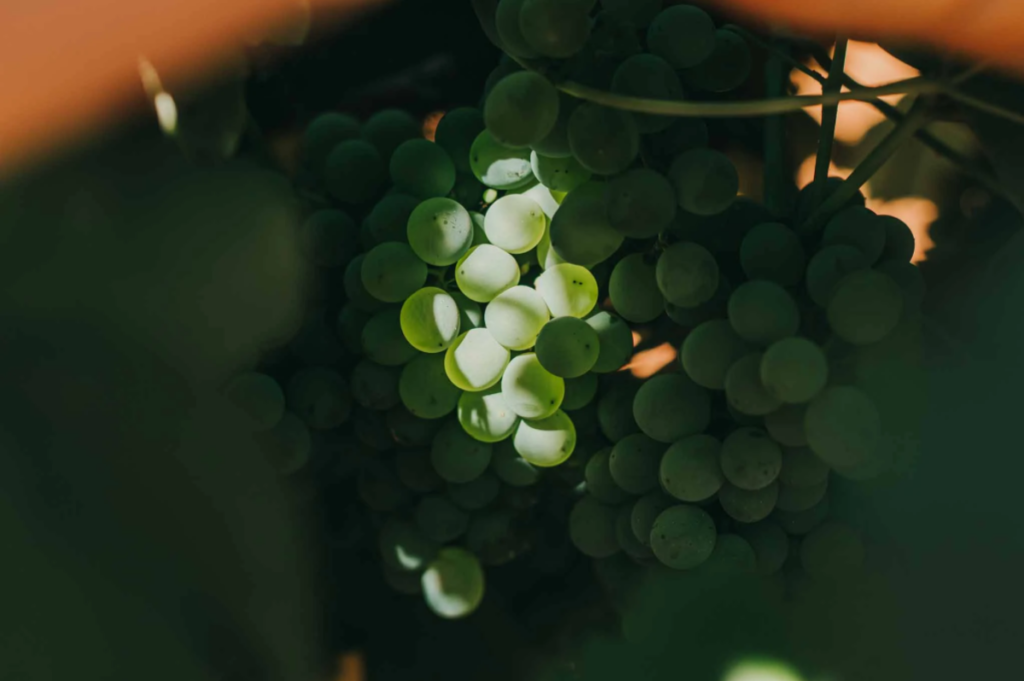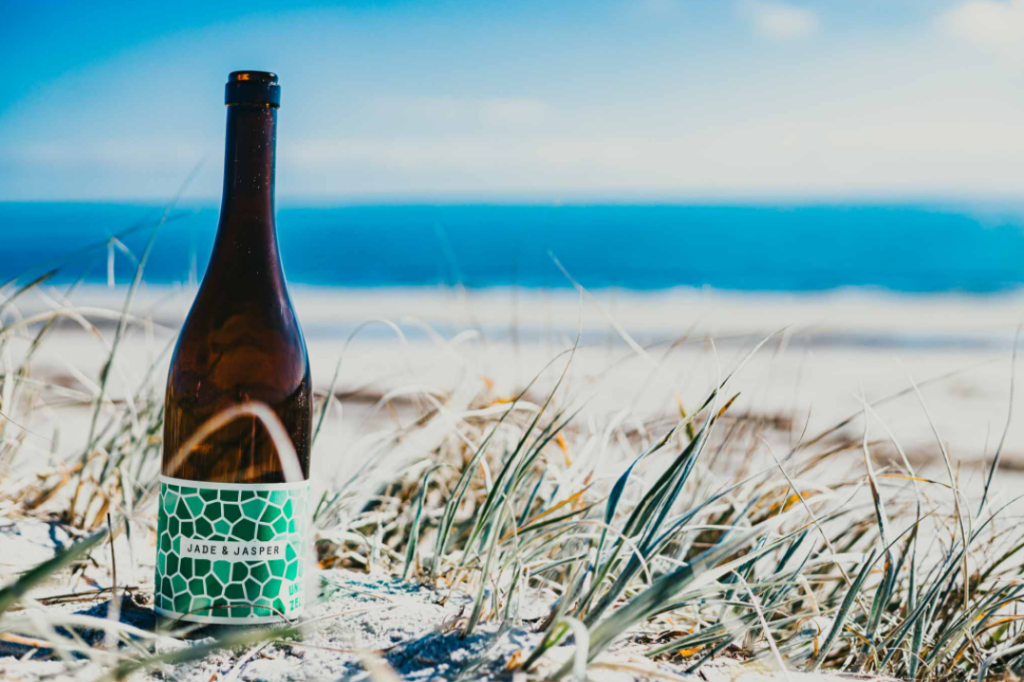
Why Do We Love Fiano?
by Noah Ward, Unico Zelo

It’s been at the core of our story ever since we began, this little white grape variety from Campania that we cherish. We have 6 – yes, 6 – different expressions of it that we make each year (not including things like Txak Atak and Off-White from our Funkworks side project). Of course, we’re talking about Fiano – but why do we love it so much? It’s not exactly the winemakers grape variety like Pinot Noir, Chardonnay and Nebbiolo are – Fiano at its best is a barebones, minimalist grape variety, but with a fascinating history.
While it’s popularity has only risen in recent years, Fiano is an ancient grape. Some believe it to be a variety that was produced and consumed by the Ancient Romans who called it Apania, named after the bees that were tremendously taken with its sweetness. According to history, over time Apania’s etymology gradually transformed to what we know now as Fiano!

Sadly, as is the case for numerous grapes across the world, the devastating phylloxera virus wiped a large portion of Fiano from it’s native Campania, and in the aftermath, the focus of the vineyard owners then shifted to varieties like Trebbiano and Sangiovese as they we’re a lot higher-yielding than things like Fiano and Aglianico, the regions famed ancient red grape.
Enter the great Antonio Mastroberardino and his eponymous winery, Mastroberardino. After World War II, which also had a large hand in the devastation of Campania’s wine industry, dedicated his life to restoring his families ancient vineyard and the native varieties, Fiano and Aglianico in particular, and by the 1970s had firmly established themselves as a leader of DOC producers in Avellino – in fact for quite a while they accounted for over 50% of DOC wines in the region!

Over the next few years, their recognition grew massively, and Fiano began to thrive and it’s plantation spread across the region – it’s the ability to handle the heat of Campania that did wonders for it – and it started to prick the ears up of a few Australian winemakers, namely Mark Lloyd of Coriole in McLaren Vale and the Chalmers family in Heathcote.
In the early ’00s, the two Vignerons planted Fiano in Australia and they didn’t just keep it to themselves, they encouraged others to plant and make it too, as they knew the quality and climatic suitability to Australia, and in 2005 Coriole released Australia’s first Fiano.

Over the last 15 years it’s quickly established itself as one of the fastest-growing grape varieties in Australia (not in the vineyard, that’d be a miracle) – and it grows EVERYWHERE. In fact, we source Fiano fruit from 3 different regions from a myriad of different vineyards. For us as winemakers, what we adore about it is that no matter how we make it, it’s so outrageously expressive of its vineyard. Our 3 single vineyard Fiano’s taste so remarkably different from one another, when they’re picked at the same pH and made the exactly the same way. Some argue that Riesling is the grape most expressive of its vineyard, we retort – as much as we adore Riesling – “Fiano”.
But most of all it’s just so damned suited to Australian conditions. It can be dry grown in the hottest conditions in the country and still craft refreshing and textural wines, and it still does supremely well in cooler regions like the Adelaide Hills, where it’s natural acid retention creates wines that are downright a thrill to drink. From high-octane, acid fuelled rollercoasters like Alluvium and Txak Atak, skin contact odysseys like Off-White and Dreamers Creed, or just warm weather textural smashers like our first foray into the variety Jade + Jasper – and that’s just looking into our own stables. It’s an incredibly flexible grape that while being able to be crafted in a multitude of styles, its varietal nature still screams from every expression – and it certainly does no harm that that nature is a bloody delight to drink.































